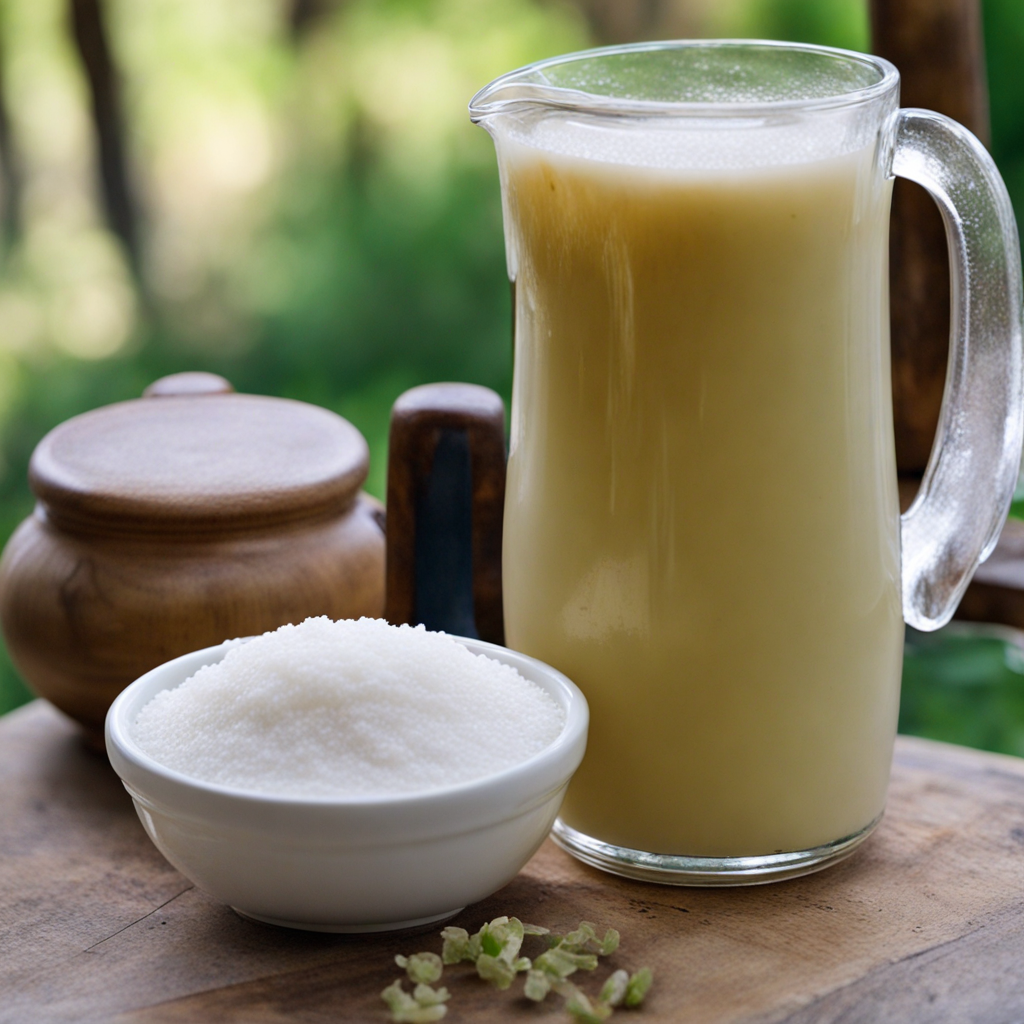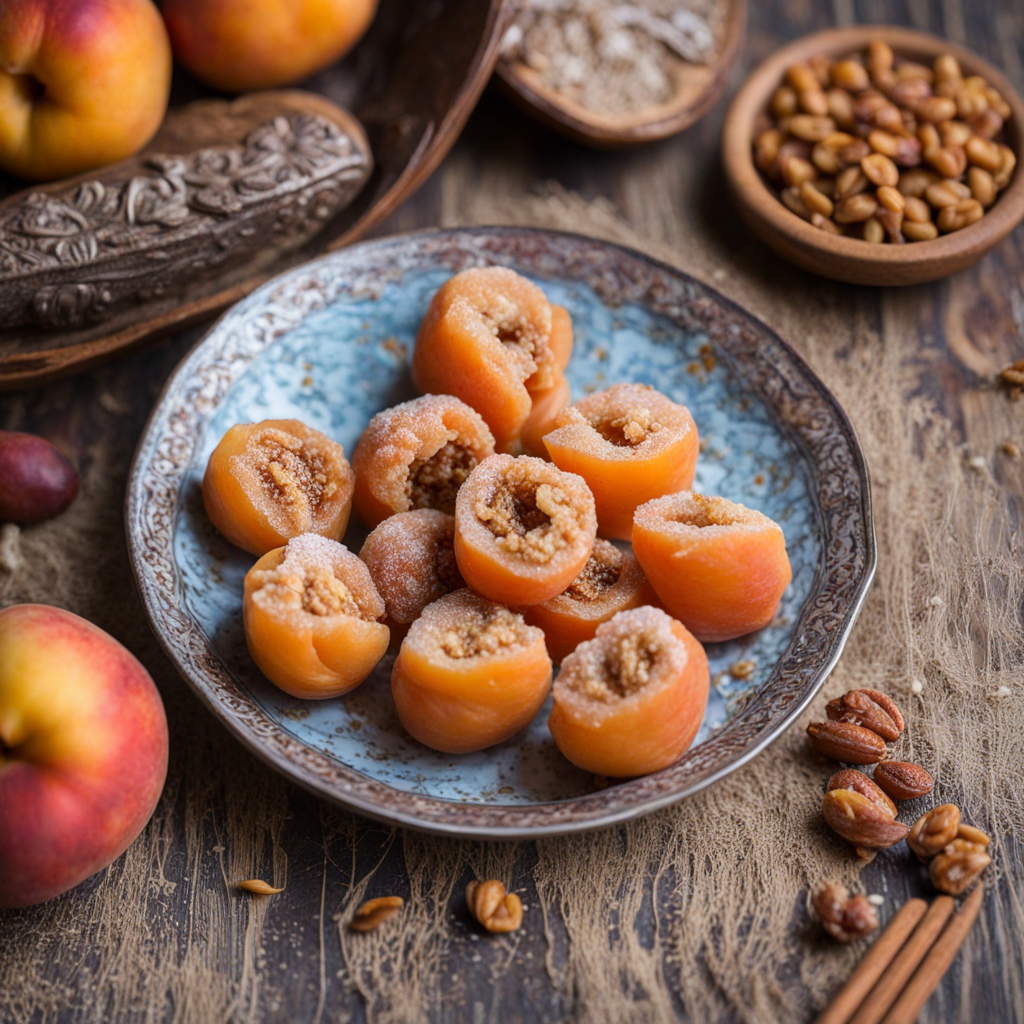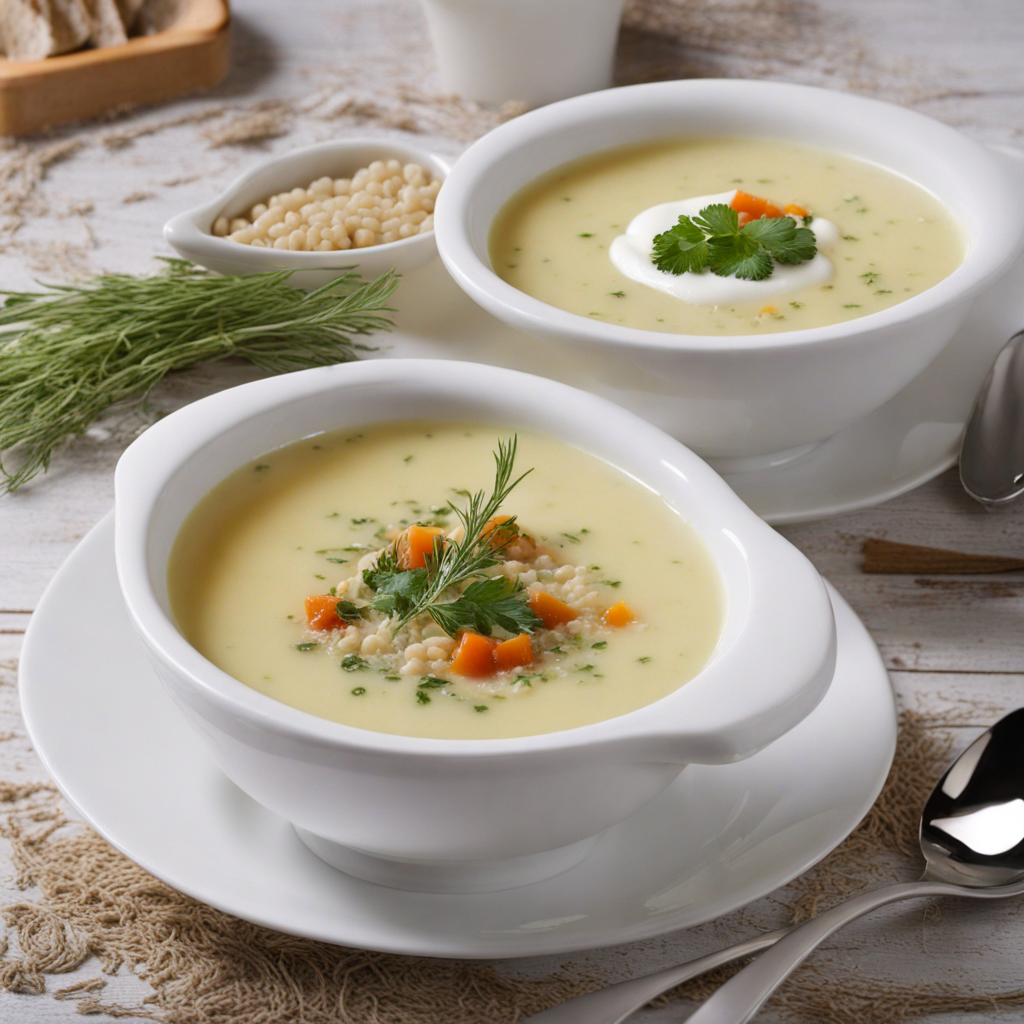Tan
'Տան' (pronounced 'Tan') is a traditional Armenian dish, often referred to as 'home-style' food, reflecting a deep-rooted connection to the country’s rich culinary heritage. The dish is emblematic of family gatherings and celebrations, serving as a testament to the warmth and hospitality that characterizes Armenian culture. Often prepared for special occasions, 'Տան' symbolizes comfort and nostalgia, evoking memories of home-cooked meals shared among loved ones. Historically, 'Տան' is a dish that has evolved over centuries, influenced by the various peoples and cultures that have traversed the Armenian Highlands. Its roots can be traced back to ancient times when the Armenians relied on locally sourced ingredients and traditional cooking methods. The dish is reflective of seasonal availability and regional variations, showcasing the adaptability and creativity of Armenian cooks. In modern times, 'Տան' continues to be a staple in Armenian households, often passed down through generations as cherished family recipes. The flavor profile of 'Տան' is a harmonious blend of savory and aromatic notes, with a rich umami undertone. The dish typically incorporates a mix of spices such as cumin, coriander, and paprika, which infuse the ingredients with warmth and depth. The use of fresh herbs, particularly parsley and dill, adds a bright, herbal freshness that balances the richness of the dish. Depending on the specific recipe, 'Տան' may also feature a touch of acidity from ingredients like lemon juice or vinegar, enhancing the
How It Became This Dish
Origin of Տան (Tan) The dish known as Տան (Tan), which translates to "home" in Armenian, has its roots deeply embedded in the rich culinary heritage of Armenia. Historically, Tan is a type of traditional Armenian flatbread, often baked in a clay oven called a tonir. This method of preparation dates back thousands of years and reflects the early agricultural practices of the region. The use of the tonir symbolizes a communal cooking style where families and communities would gather around the oven, sharing stories and meals, cementing bonds through the act of cooking and eating together. The primary ingredient of Tan is simple: flour, water, and salt. However, the uniqueness of this bread lies in the technique of its preparation. The dough is carefully kneaded and shaped into flat rounds, which are then slapped onto the walls of the hot tonir. The intense heat cooks the bread quickly, creating a beautifully charred exterior while maintaining a soft, chewy interior. This baking method not only enhances the flavor of the bread but also contributes to its aromatic qualities, making it an essential component of Armenian meals. \n\n Cultural Significance of Tan In Armenian culture, Tan is more than just a staple food; it is a symbol of hospitality and tradition. It holds a place of honor at the table and is often served during significant events such as weddings, religious holidays, and family gatherings. The act of breaking bread is a profound gesture of friendship and goodwill, and Tan plays a central role in these rituals. Moreover, the symbolism of Tan extends to the concept of home and family. The word itself evokes feelings of warmth and comfort, representing the nurturing aspect of Armenian culture. Families often pass down their recipes and techniques for making Tan from generation to generation, preserving not only the method but also the stories and memories associated with it. In this way, Tan serves as a bridge between the past and the present, keeping traditions alive while adapting to modern influences. \n\n Development Over Time As Armenia has undergone various historical changes, so too has the preparation and consumption of Tan. With the advent of the Soviet Union in the 20th century, many traditional practices were altered or diminished. However, the resilience of the Armenian people meant that Tan remained a beloved staple despite these challenges. During this period, the tonir was not only a cooking tool but also a gathering point for families, where they would come together to prepare meals and share stories. In recent decades, there has been a resurgence of interest in traditional Armenian foods, including Tan. As the diaspora has grown, Armenian communities around the world have sought to reconnect with their culinary roots. This has led to the establishment of numerous bakeries specializing in traditional breads, allowing a new generation to experience the flavors of their heritage. The art of making Tan is now celebrated in various cultural festivals and events, showcasing the importance of this dish in contemporary Armenian society. \n\n Regional Variations and Adaptations While Tan is widely recognized as an Armenian flatbread, regional variations exist, reflecting the diverse landscapes and cultures within Armenia and neighboring countries. Each region has its own unique twist on the traditional recipe, influenced by local ingredients and culinary practices. For instance, in some areas, bakers incorporate herbs or spices into the dough, giving the bread a distinct flavor that resonates with the local palate. In addition, as globalization continues to influence food culture, Tan has found its way into modern cuisine. Chefs and home cooks alike experiment with the traditional recipe, creating innovative dishes that blend Armenian flavors with contemporary cooking techniques. From wraps and sandwiches to gourmet pizzas, the versatility of Tan allows it to adapt to various culinary contexts while still honoring its origins. \n\n Tan in Contemporary Armenian Cuisine Today, Tan is celebrated not only as a traditional bread but also as a canvas for creativity within Armenian cuisine. In contemporary dining settings, it is often paired with an array of dips, spreads, and grilled meats, making it a versatile accompaniment to many dishes. Restaurants across Armenia and in the diaspora showcase Tan in modern presentations, elevating its status while retaining its historical significance. Moreover, Tan has earned a place in the global culinary scene, with chefs around the world recognizing its potential. Some have begun to incorporate it into fusion dishes, introducing Tan to new audiences and allowing for a greater appreciation of Armenian cuisine. As food enthusiasts seek authentic experiences, the inclusion of Tan in diverse menus has helped shine a light on the depth and richness of Armenian culinary traditions. \n\n Conclusion The history of Տան (Tan) is a testament to the enduring nature of cultural identity and the importance of food in shaping community and heritage. From its ancient origins in the tonir to its contemporary adaptations in kitchens around the world, Tan remains a vital part of Armenian life. The dish epitomizes the essence of home, family, and tradition, inviting both Armenians and those unfamiliar with the cuisine to gather around the table, share stories, and create lasting memories through the simple act of breaking bread.
You may like
Discover local flavors from Armenia







